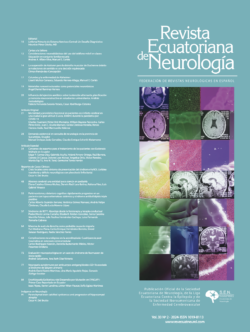Background: Persistence of cavum septum pellucidum (CSP) and cavum vergae (CV) into adulthood and their association with mood disorders is unknown. Objective: We aimed to assess persistence of these cava in Atahualpa cohort individuals, and their association with clinical depression (as a surrogate of limbic system dysfunction). Methods: Cases were defined as Atahualpa residents aged ≥20 years with CSP and/or CV and paired 1:1 to age- and sex-matched randomly-selected controls. A board-certified psychiatrist (blinded to case-control status) interviewed individuals with the aid of the Patient Health Questionnaire depression module (PHQ-9) to establish a diagnosis of clinical depression. The McNemar’s test and conditional logistic regression models were fitted to assess the independent association between persistence of CSP and/or CV and clinical depression (as the dependent variable). Results: Of 1,298 individuals undergoing a head CT, 51 (3.9%) had a CSP and/or CV. The selection process for the nested case-control study on the Atahualpa cohort (after excluding eight missing individuals with midline cava) generated 43 pairs. Nine of 43 case-patients (20.9%) and only two control subjects (4.7%) had moderate-to-severe scores on the PHQ-9 (cutoff ≥10 points). Clinical depression was significantly more frequent among case-patients than controls by the McNemar’s test (OR: 8; 95% C.I.: 1.1 – 354.9) and the conditional logistic regression model (OR: 8; 95% C.I.: 1.00 – 63.96). Conclusions: This study provides epidemiological evidence favoring the association between midline cava and clinical depression, supporting their relationship with limbic system dysfunction.





